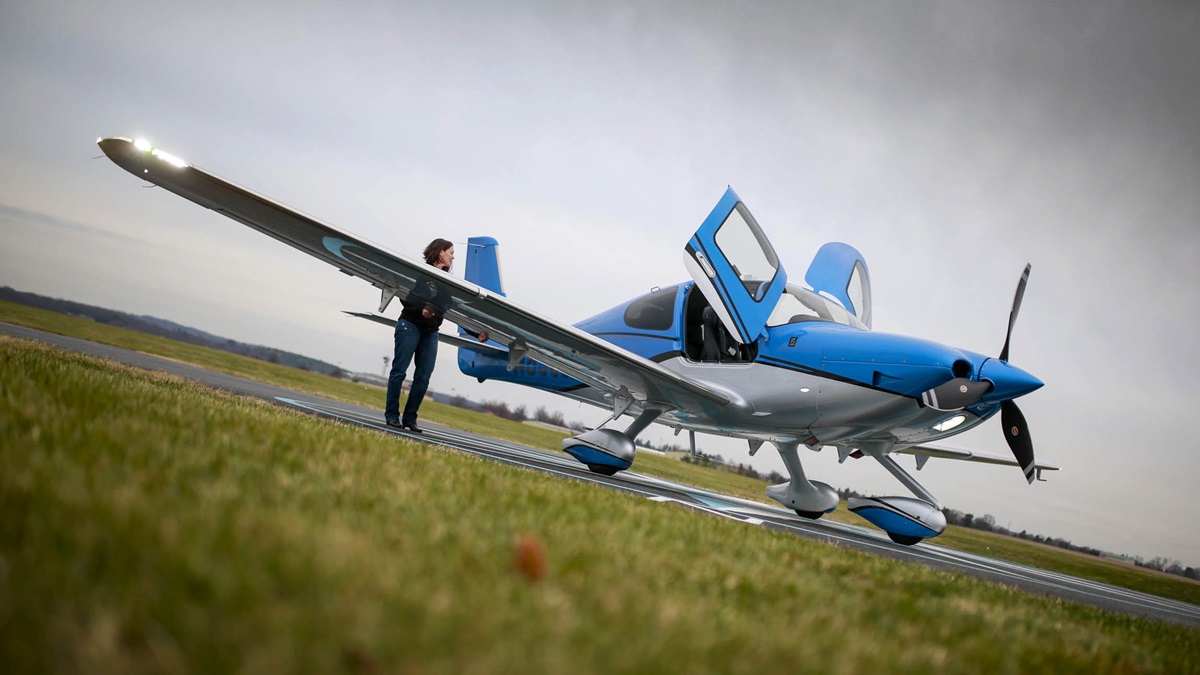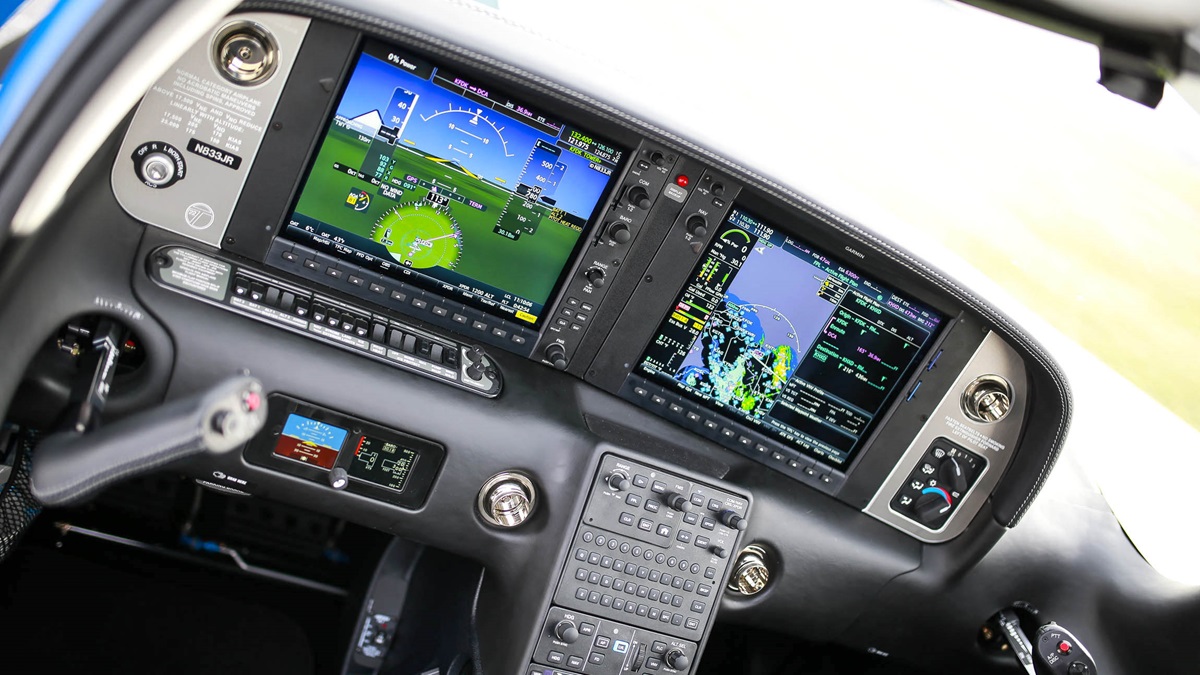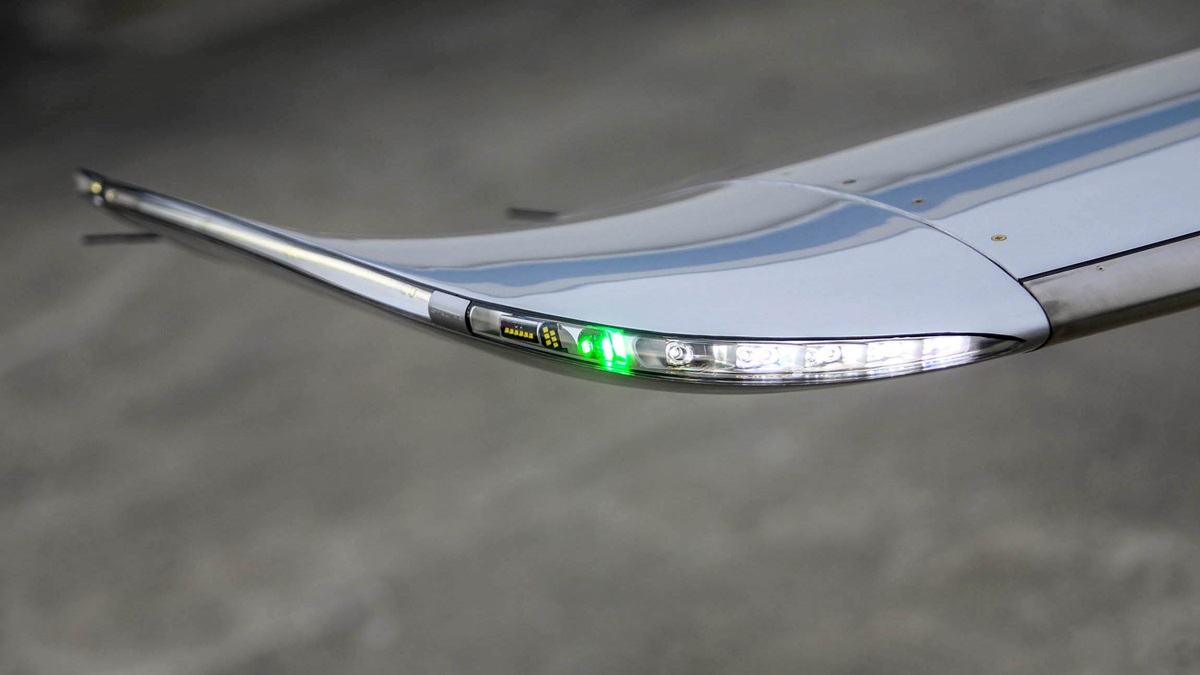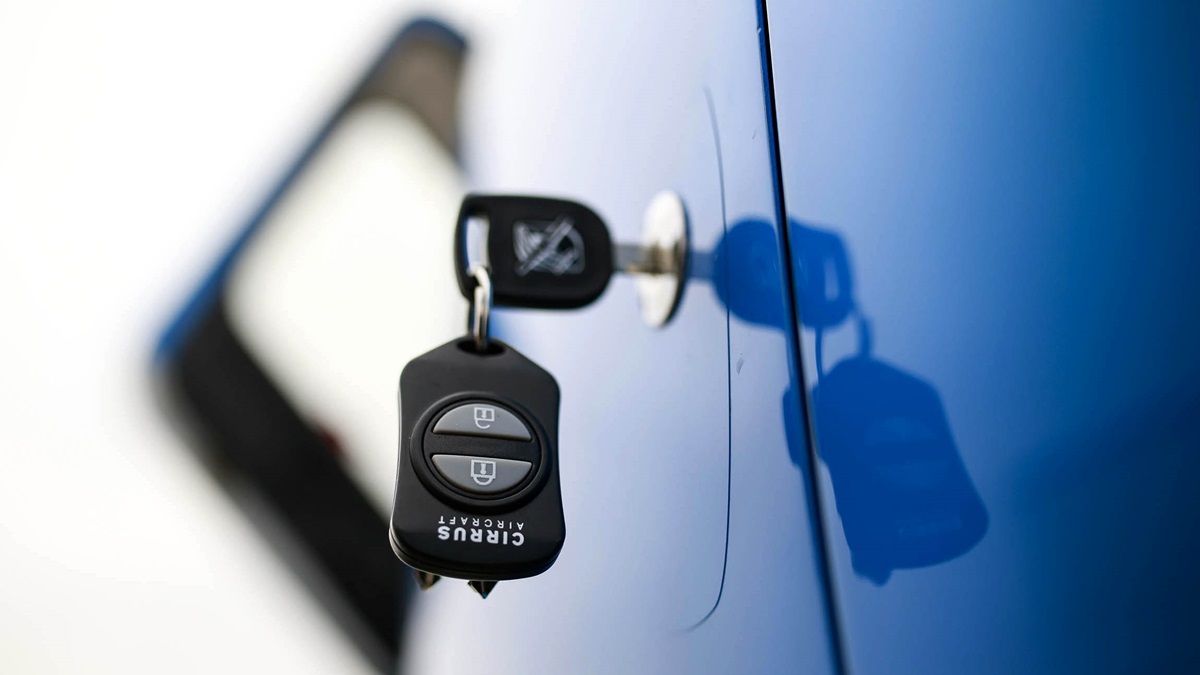Cirrus melds new panel, upgrades into 2017 models
SR20 becomes first Lycoming-powered Cirrus
Cirrus Aircraft ended 2016 on a high note, with the first customer delivery of its SF50 Vision Jet. Never a company to rest on its laurels, the team from Duluth, Minnesota, kicks off the new year with a host of new features for its 2017 piston products. Most notable is the change from a six-cylinder Continental engine to a four-cylinder Lycoming powerplant on the entry-level SR20.
Meanwhile, across the piston line, new safety-enhancing (and snazzy-looking) wing tips become standard, as is a panel upgrade to a special Cirrus version of the recently announced Garmin G1000 NXi.
As evidenced in our demo flight, the 15 extra horsepower boosts climb rate of the SR20 noticeably over the 200-hp Continental IO-360, which has been standard on the SR20 since it was introduced in the late 1990s. The extra horsepower allows a 100-pound gross weight increase to 3,150 pounds and, because the engine is lighter and with 2017 avionics changes, the 2017 SR20 weighs some 30 pounds less than the 2016 edition. Further, a composite Hartzell prop as an optional replacement for the standard aluminum one brings additional weight savings, meaning the new SR20 can be benefit from as much as a 150-pound useful load improvement.
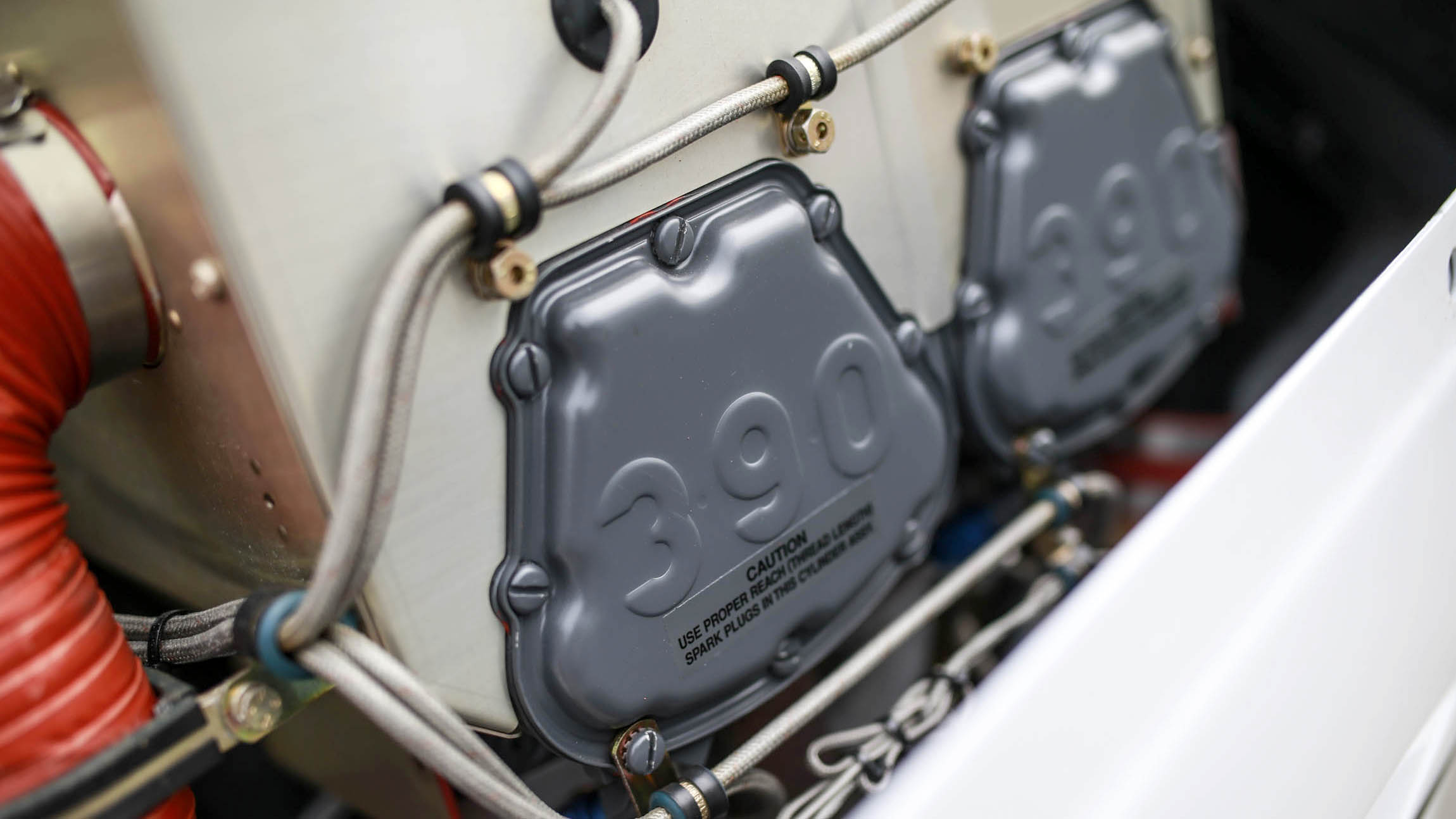
While Continental has been a supporter of the idea of flying lean of peak, Lycoming does not embrace it. Therefore, the leaning guidance provided by the Garmin panel yields a best economy setting at peak exhaust gas temperature. A pilot on his own can adjust to best power by enriching to 100 degrees rich of peak. The Garmin panels on the Continental-powered models direct the pilot to lean-of-peak operations in cruise. Cirrus points out that in the SR20’s primary role as a trainer, any fuel differences between Continental’s lean-of-peak and Lycoming’s peak operation are inconsequential.
Plane spotters will be able to tell a Lycoming-powered SR20 because it has only one exhaust stack, instead of two. But most noticeable about all of the 2017 Cirruses are the new upswept wing tips that house automotive-like LED “halo” lights. A string of LEDs line the wing tip, providing enhanced visibility on the ground. LED strobes are located at the fore and aft edges of the tips. LED navigation lights also are embedded in the tips. Around the front of the tip are bright LED landing/recognition lights. Finally, underneath the tips are downward facing LEDs that create a splash of light on the ramp, further enhancing visibility on the ground. The optional keyless remote entry system turns on the down-facing lights, halo lights, interior lights, and step lights—in addition to unlocking the doors, making a pilot’s walk up on a dark ramp much safer and more inviting.
Upon takeoff, at 300 feet agl, the halo lights automatically switch off and the landing lights switch to pulsing recognition lights, with the pulses coordinated with the strobes to maximize visibility. At 300 feet agl on the arrival, the recognition lights stop pulsing and become landing lights. The SR22’s LED nose-mounted landing light can be left on continuously. The SR20 no longer carriers a nose-mounted landing light.
And in other lighting news, the baggage compartment includes a new LED light that illuminates when the door is opened.

While the new tips set the 2017 Generation 6 models apart from earlier editions, inside the changes are even more significant. Upgraded leather and other improved interior appointments increase pilot and passenger comfort, but most noticeable are the enhancements to the panel from the upgrade to the Cirrus Perspective+ by Garmin system. The Perspective+ includes the features Garmin recently announced with the G1000 NXi, but, as with earlier versions of the Perspective, Cirrus takes the Garmin panel to a new level with its own improvements—most noticeably with the change to the keyboard. Instead of a typical FMS-style layout with the characters in alpha order, which is standard on the NXi, Cirrus uses a QWERTY-style keyboard—the type most everyone is used to typing on. The change makes it easier to enter flight plan information and especially to type text messages through the optional Global Connect package, which allows for two-way phone and text communication as well as worldwide in-cockpit weather data via the Iridium satellite constellation. Another exclusive Perspective+ feature is a Home button on the keyboard that brings the pilot back to the system’s main page, easing fears of getting lost in deep menus.
Gone from the autopilot mode controller is the YD button. The yaw damper now engages and disengages automatically at 200 feet agl, as it does in the Vision Jet. McIver says the change was made to make it easier for pilots to transition up to the jet. Most all switches, knobs, levers, and other controls, including the avionics package, are nearly identical in the piston airplanes as the jet.
Earlier Perspective panels included dual attitude/heading reference systems, but only a single air data computer. Garmin now combines the AHRS and ADC into one box. As a result, Cirrus Perspective+ customers now get dual AHRS and dual ADCs (technically, dual ADAHRS), improving reliability.
Each new Cirrus comes with a free subscription to the Garmin Pilot app for managing flight planning. That, with the optional Flight Stream 510, allows flight plan, weather, and traffic information to be shared between the panel and portable devices. In addition, the 510 allows the pilot to update the panel’s navigation data wirelessly using the Garmin Database Concierge system. Garmin Surface Watch is another Perspective+ option. Surface Watch provides visual and aural assurance that the pilot is taking off from and landing on the planned runway, and provides taxi alerts when nearing or crossing a runway.
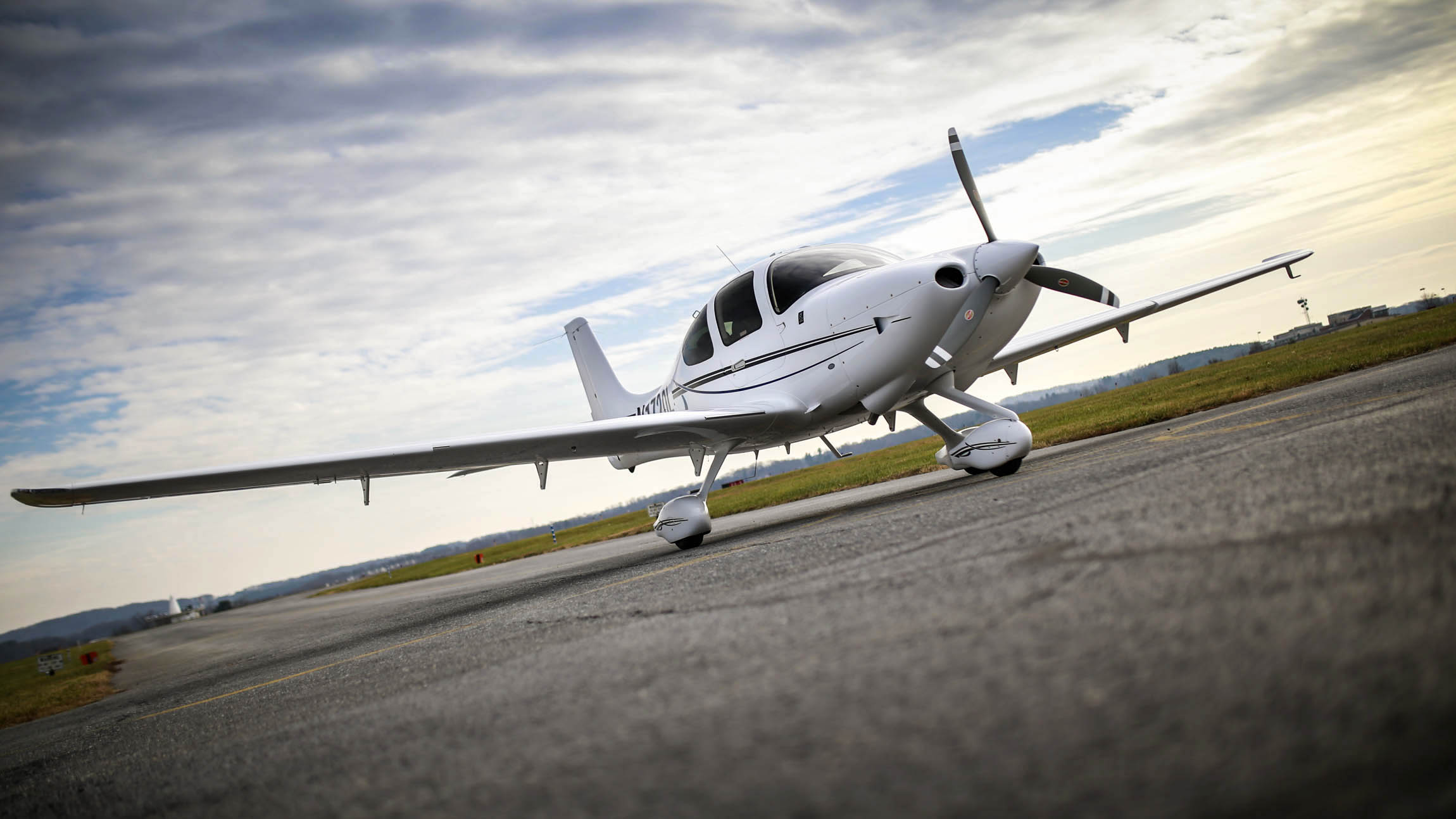
Combined with the other G1000 NXi changes, such as improved readability of fonts; clever but subtle animations to help pilots note changed fields; much faster display start-ups; improved MFD resolution; scanned sectional and instrument chart moving map underlays; vertical situation display showing the impact of terrain, obstacles, and wind for each route segment; and much more, the enhancements to the 2017 Cirrus product line are significant.
McIver says the cost of a well-equipped 2017 SR22T GTS is about $862,900, which includes flight into known icing approval. Meanwhile, a well-equipped SR20 GTS sells for $564,900.
Cirrus changes in 2017 aren’t all related to the airframes. The company plans to open its Knoxville, Tennessee, delivery center on Jan. 12. All future piston deliveries will occur there rather than at the Duluth factory. SF50 deliveries will start at Duluth but will eventually migrate to Knoxville.

